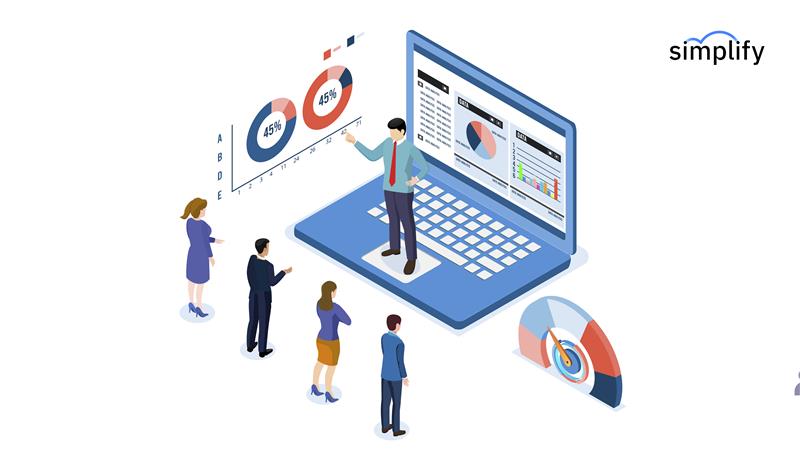
In today’s fast-paced business world, organizations rely heavily on third-party vendors and contingent workforce solutions to fill talent gaps. Managing these vendors efficiently is crucial for maintaining quality, compliance, and cost-effectiveness.
This is where Vendor Management Software (VMS) comes into play, revolutionizing the way businesses handle their external workforce.
What is Vendor Management Software?
Vendor Management Software is a cloud-based or on-premise solution that enables organizations to manage their vendors, contracts, payments, and compliance in one centralized platform. It simplifies the process of sourcing, hiring, and onboarding vendors and contingent workers, making talent acquisition more efficient and streamlined.
How VMS Enhances Talent Acquisition
Talent acquisition is no longer confined to traditional hiring methods. Companies increasingly depend on staffing agencies, freelancers, and gig workers to meet their evolving workforce needs.
A VMS plays a crucial role in talent acquisition by:
- Centralizing Vendor and Talent Data
A VMS consolidates all vendor-related information, including performance metrics, rates, and compliance records, ensuring that companies make informed decisions when engaging with staffing firms and independent contractors.
- Improving Cost Efficiency
By providing real-time insights into labor costs and vendor contracts, a VMS helps organizations control spending, negotiate better rates, and eliminate hidden costs associated with manual vendor management.
- Enhancing Compliance and Risk Management
With automated compliance tracking, background checks, and audit trails, a VMS mitigates the risks associated with misclassification of workers, regulatory violations, and contract breaches.
- Speeding Up the Hiring Process
A VMS integrates with applicant tracking systems (ATS) and HR platforms, enabling quick requisition approvals, automated job postings, and faster vendor responses. This accelerates the hiring cycle and ensures timely fulfillment of workforce demands.
- Improving Vendor Performance and Quality Control
A VMS provides analytics and reporting tools that assess vendor performance, ensuring that only high-quality talent is sourced for organizational needs.
Key Features to Look for in a VMS
When choosing a Vendor Management System for talent acquisition, consider the following features:
- Automated Workflow Management – Streamlines vendor selection, contract approvals, and payments.
- AI-Powered Talent Matching – Enhances the hiring process by recommending the best-fit candidates.
- Compliance and Security Tools – Ensures adherence to labor laws and data security regulations.
- Real-Time Analytics and Reporting – Provides insights into spending, vendor efficiency, and workforce performance.
- Seamless Integration – Works with existing HR, payroll, and procurement systems.
The Future of Vendor Management and Talent Acquisition
As businesses increasingly rely on external talent pools, the integration of VMS with AI and automation will further refine talent acquisition strategies. Companies will continue to leverage data-driven decision-making, predictive analytics, and workforce agility to remain competitive in an evolving job market.
A well-implemented VMS can be a game-changer, enabling organizations to optimize vendor relationships, reduce costs, and attract top-tier talent with minimal effort. Investing in the right VMS solution ensures a streamlined, compliant, and efficient vendor management process, setting businesses up for long-term success.
Are you looking for the best VMS for your business? Explore various solutions and choose one that aligns with your talent acquisition needs!







